Before tucking your trusty mobile home away for the winter, proper RV storage solutions are crucial. Just like any cherished possession, taking the extra steps to safeguard your RV during the cold months ensures it emerges from its hibernation ready for your next adventure.
Conquering the Enemy Within: Plumbing and Appliances
Winter’s frosty fingers don’t stop at your RV’s paint job – they creep into its very veins, threatening the delicate plumbing and appliances within. To avoid spring thaw surprises (and hefty repair bills), a little pre-hibernation pampering is key. Banish the bite of frost by saying goodbye to every drop of water in tanks, lines, and faucets. Fill freshwater tanks and traps with RV-specific antifreeze, shielding them from icy wrath. Don’t neglect the humble water heater; bypass it if needed and flush it with antifreeze too. Appliances deserve their own winter siesta – empty and clean the fridge and freezer, leaving their doors ajar to dodge mildew. Removable parts like stove grates? Treat them to a cozy indoor spa break for thorough cleaning. With these steps, your RV will slumber soundly through winter, ready to rumble again when spring’s sunshine beckons. Weather the Storm: Exterior Protection
Weather the Storm: Exterior Protection
The harsh winter winds and icy daggers of snow can wreak havoc on your RV’s exterior, turning it into a frosty fortress instead of a trusty travel companion. Opting for the right storage solution is your winter warrior shield. Secure, covered facilities with walls and a roof offer the ultimate protection, keeping the elements at bay. If your budget needs some thawing, covered lots provide a less costly option. But if outdoor storage is your only path, remember the trusty tarp’s treacherous tendencies. Invest in a breathable RV cover tailor-made for your steed’s size and shape, keeping moisture out and mold at bay.
Don’t neglect your RV’s rolling companions, the tires. Give them a proper pre-hibernation massage, inflating them to the manufacturer’s recommended pressure to avoid wintertime cracks. Place tire blocks like loyal footstools under their wheels, preventing flat spots from forming. Finally, treat them to a cozy tire cover, shielding them from the sun’s UV rays and winter’s wrathful storms. With these armor-clad measures, your RV will emerge from winter’s icy clutch, ready to roll into adventures anew when spring arrives.
Powering Through the Freeze: Battery and Electrical Care
Your RV battery, the heart that pumps life into your on-the-road haven, deserves some wintertime TLC. Bid farewell to parasitic drain by severing its connection – a clean break to ensure its health in the long slumber. Find a cool, dry haven for this trusty companion, away from the winter’s frosty fingers. Every few months, consider administering a trickle charge, a gentle electrical nudge to keep its spirit bright. Before this hibernation ritual, don’t forget the electrical checkup – ensure all appliances and electronics are tucked into their sleep state. Double-check for any electrical leaks or loose connections, pesky gremlins that can disrupt the spring awakening. With these steps, your RV’s electrical system will hum smoothly when the world thaws, ready for your next adventure.Beyond the Basics: Additional Tips for Secure RV Storage
Don’t underestimate the power of preparation! Before your RV enters its winter slumber, give it a deep clean inside and out, banishing crumbs, dirt, and any potential pest temptations. Prop open cabinet doors and hatches like tiny windows, letting air circulate and keeping dampness at bay. For future peace of mind, document your RV’s condition with photos and videos, a visual record to soothe any springtime worries. If your storage stretch is long, consider seasonal check-ins – peek in every few months to check for pesky leaks, unwelcome critters, or battery levels dipping like the winter sun. Remember, these bonus steps are like adding extra blankets to your RV’s winter slumber, ensuring a worry-free sleep and a joyous springtime reunion.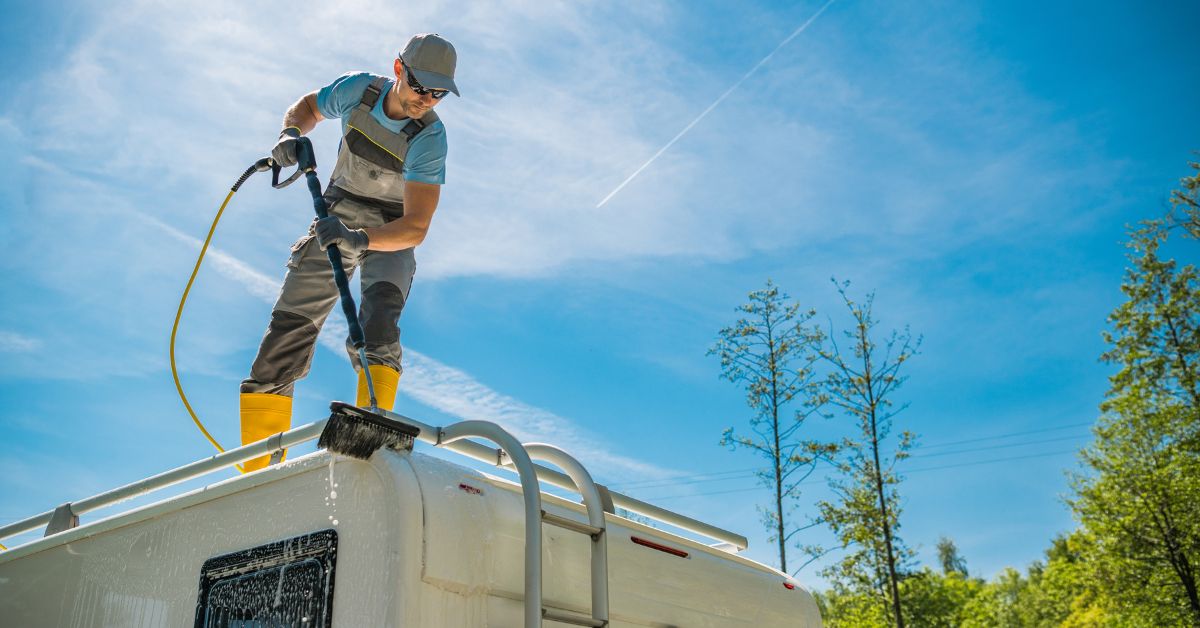 By following these RV storage solutions and maintenance tips, you can ensure your beloved mobile home weathers the winter with aplomb. Come spring, when the wanderlust bug bites again, your RV will be ready to hit the road and create new memories, leaving the icy grip of winter behind.
By following these RV storage solutions and maintenance tips, you can ensure your beloved mobile home weathers the winter with aplomb. Come spring, when the wanderlust bug bites again, your RV will be ready to hit the road and create new memories, leaving the icy grip of winter behind.
So, buckle up, adventurers! With the right preparation and care, your RV will greet you with open doors (and hopefully warm coffee) when the thawing sun beckons you back to the open road.

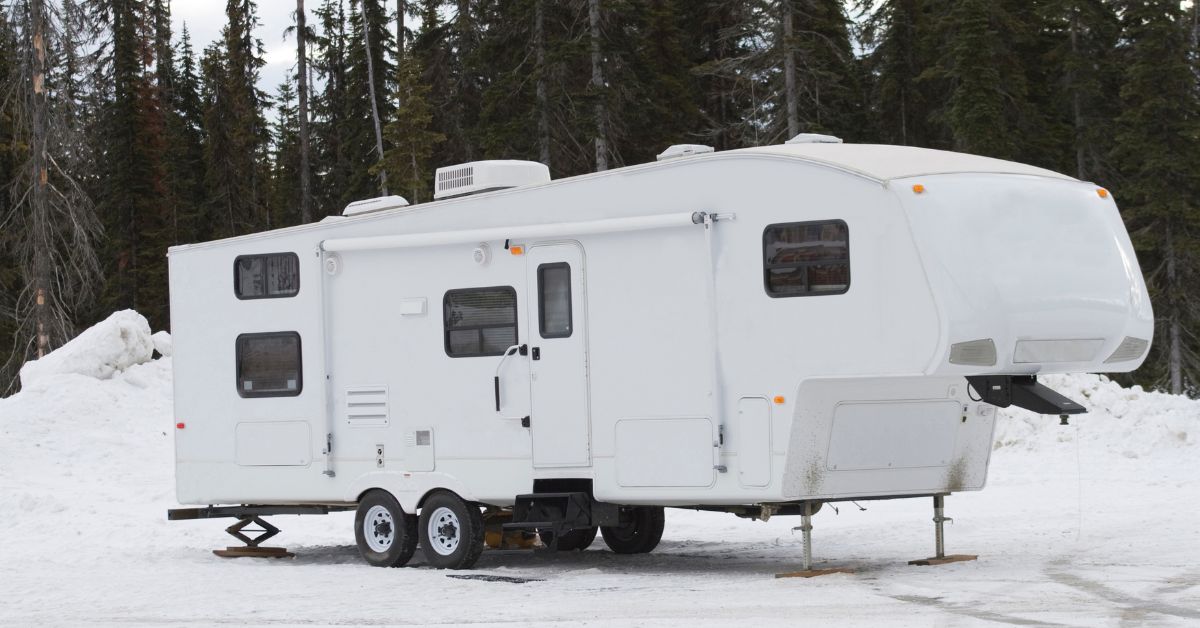
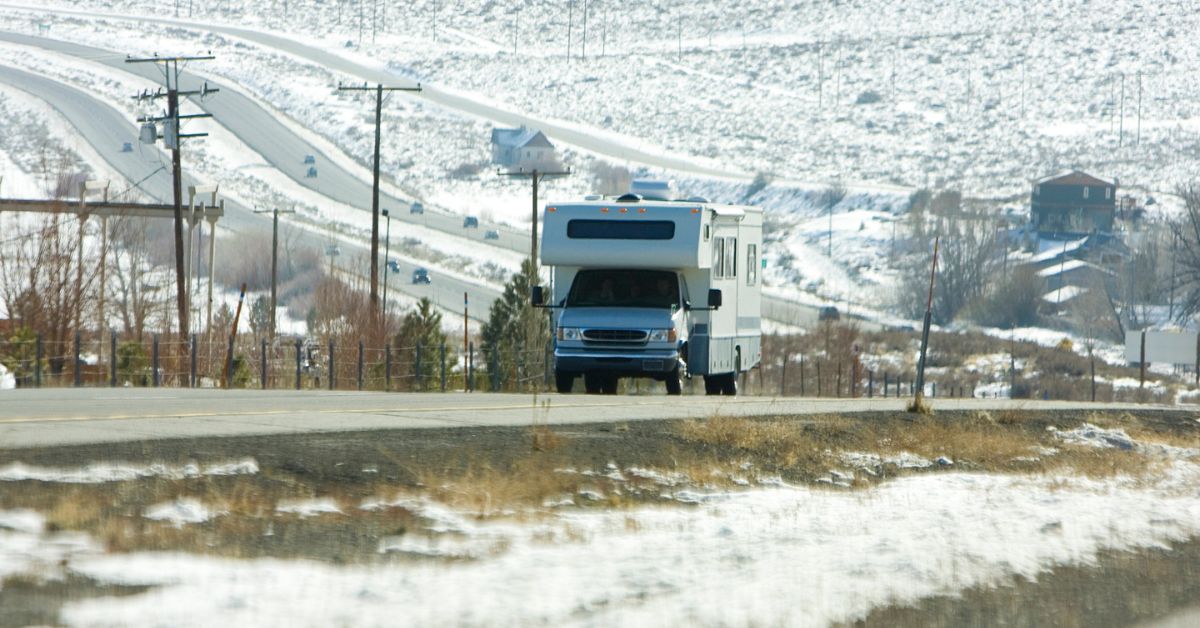
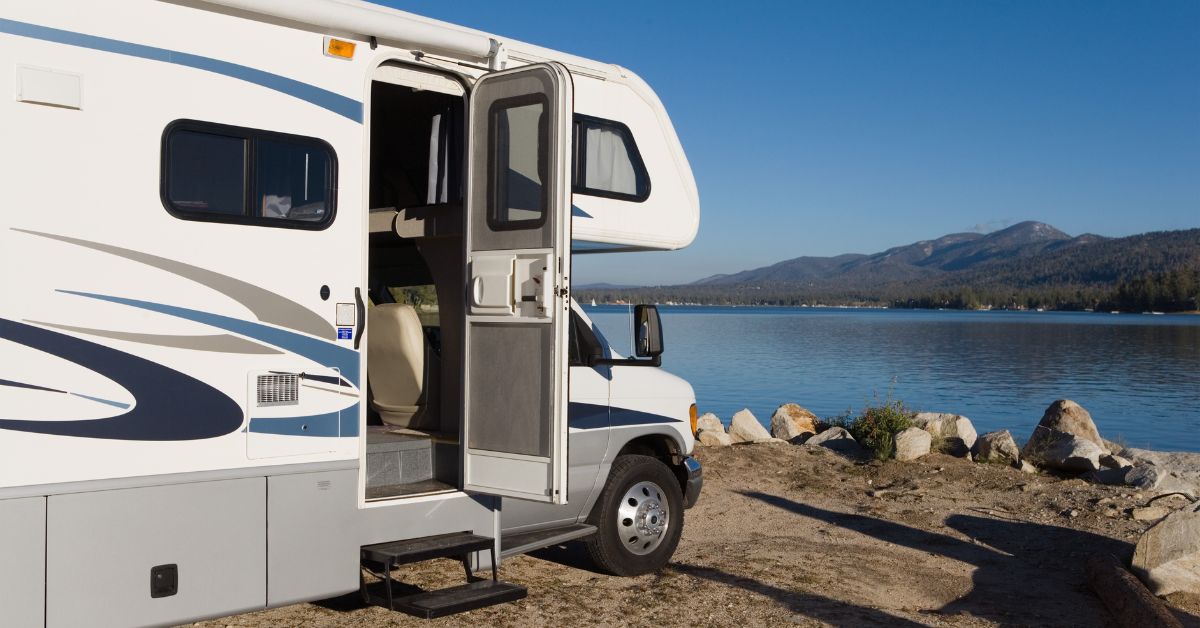 Battery Blues: Powering Through Winter with Secure RV Storage Solutions
Battery Blues: Powering Through Winter with Secure RV Storage Solutions A Warm Welcome Back with Reliable RV Storage Solutions
A Warm Welcome Back with Reliable RV Storage Solutions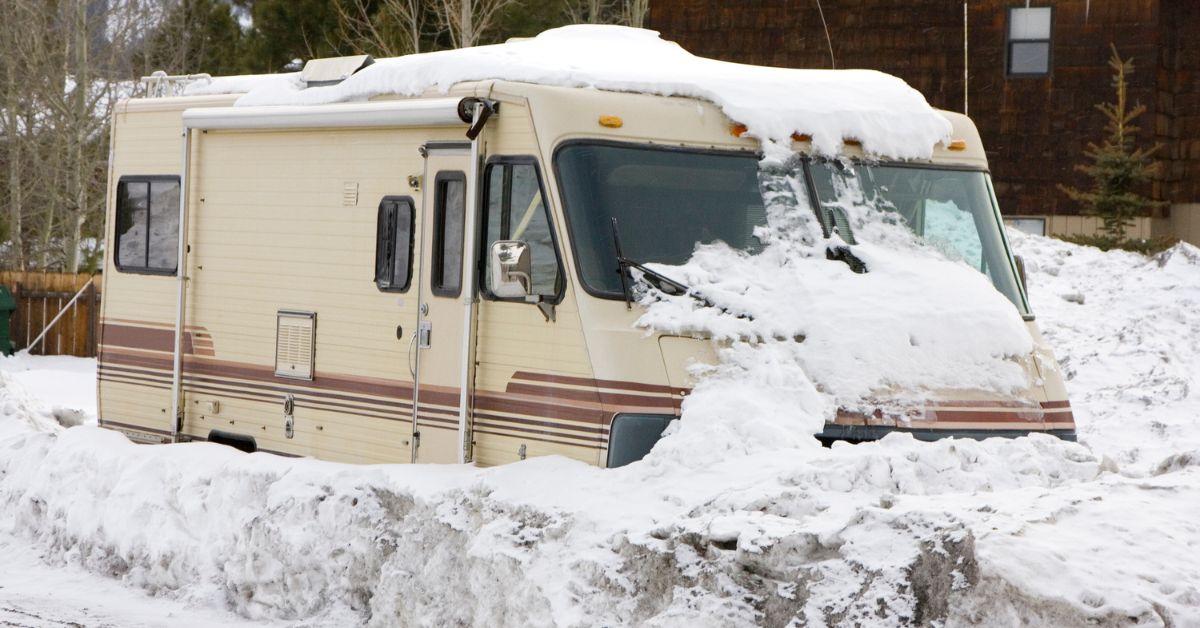
 Cleaning and Maintenance for RV Storage
Cleaning and Maintenance for RV Storage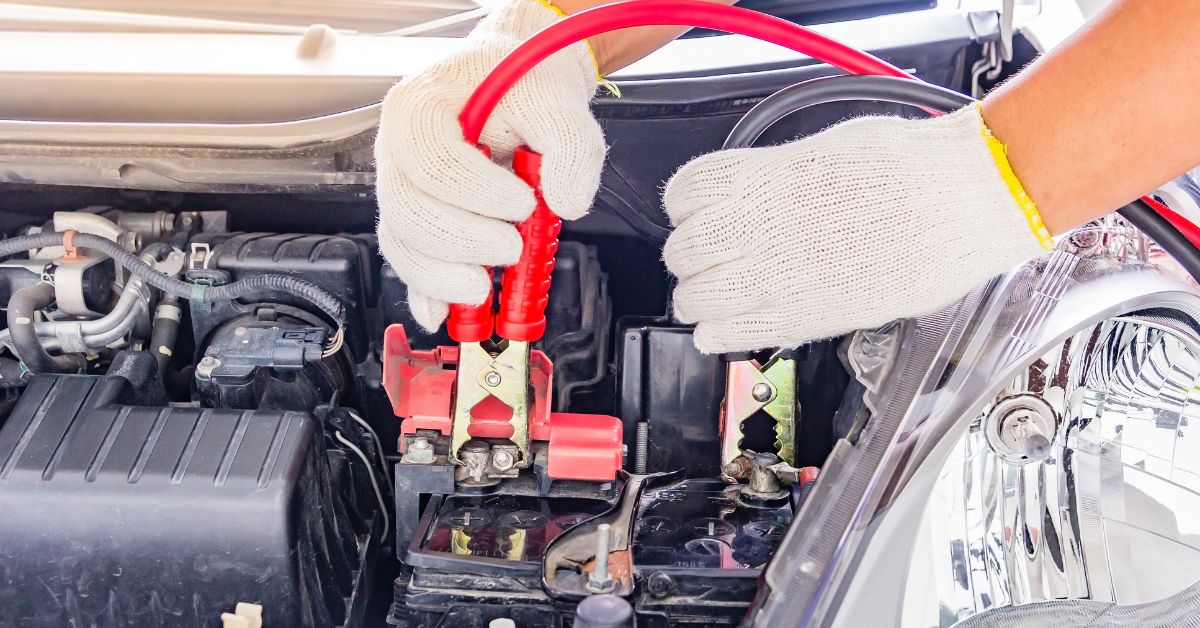 Pest Prevention for RV Storage
Pest Prevention for RV Storage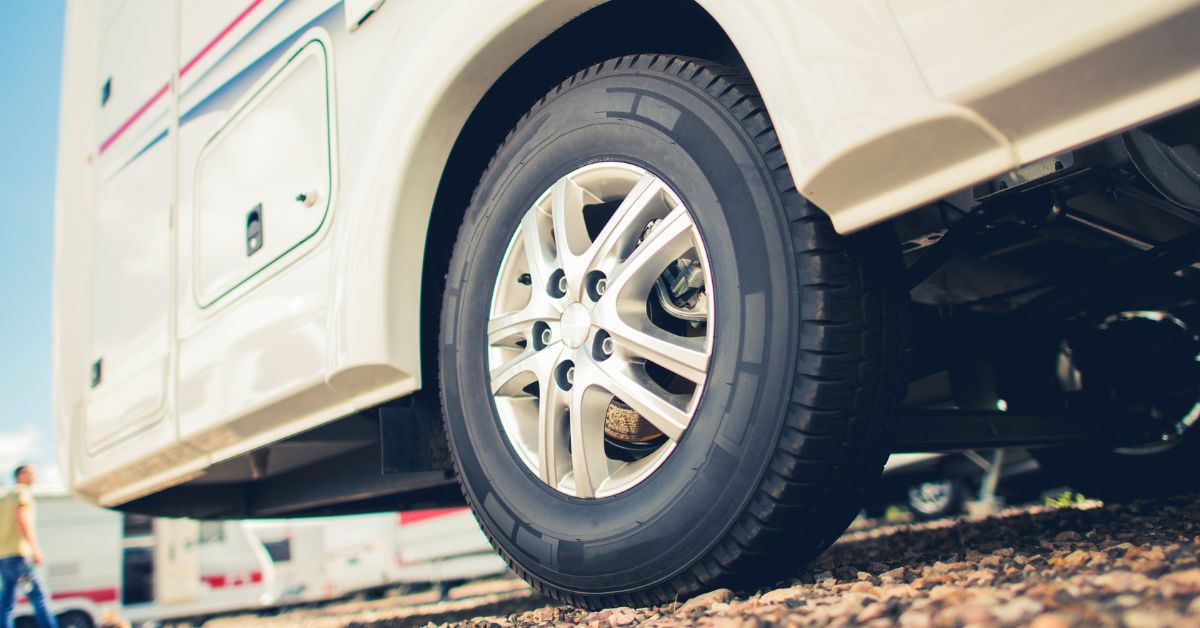 Throughout the winter, make it a point to periodically check the tire pressure and adjust it if necessary. This proactive measure will ensure your tires are ready for the road when you are.
Throughout the winter, make it a point to periodically check the tire pressure and adjust it if necessary. This proactive measure will ensure your tires are ready for the road when you are.
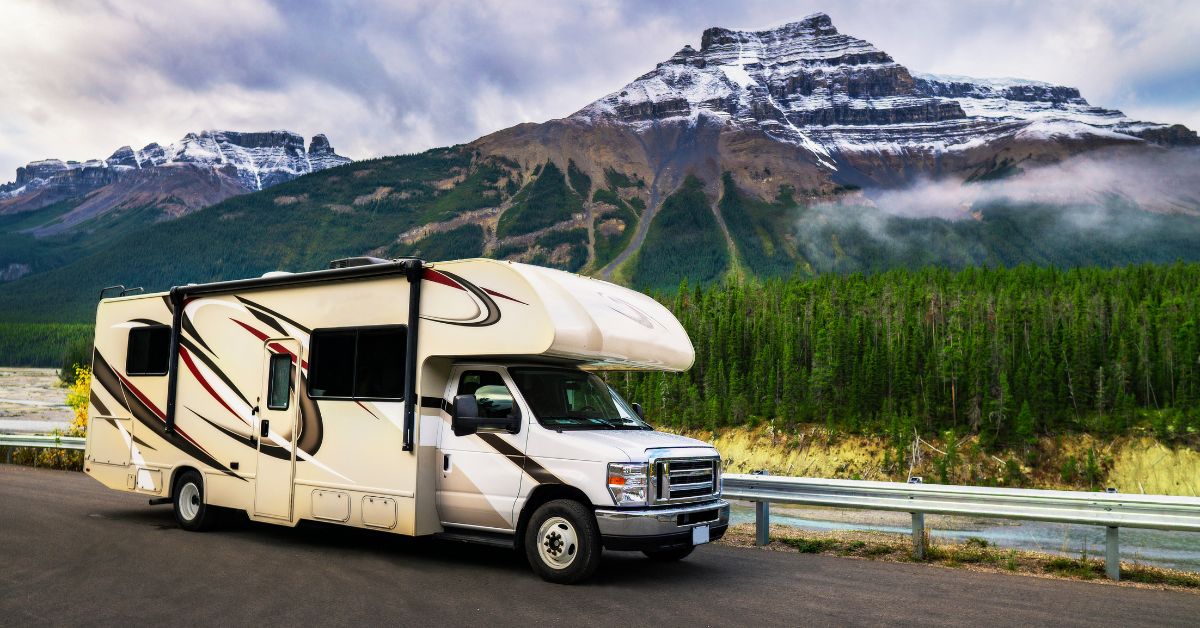 Make Spring Easier with the Right RV Storage
Make Spring Easier with the Right RV Storage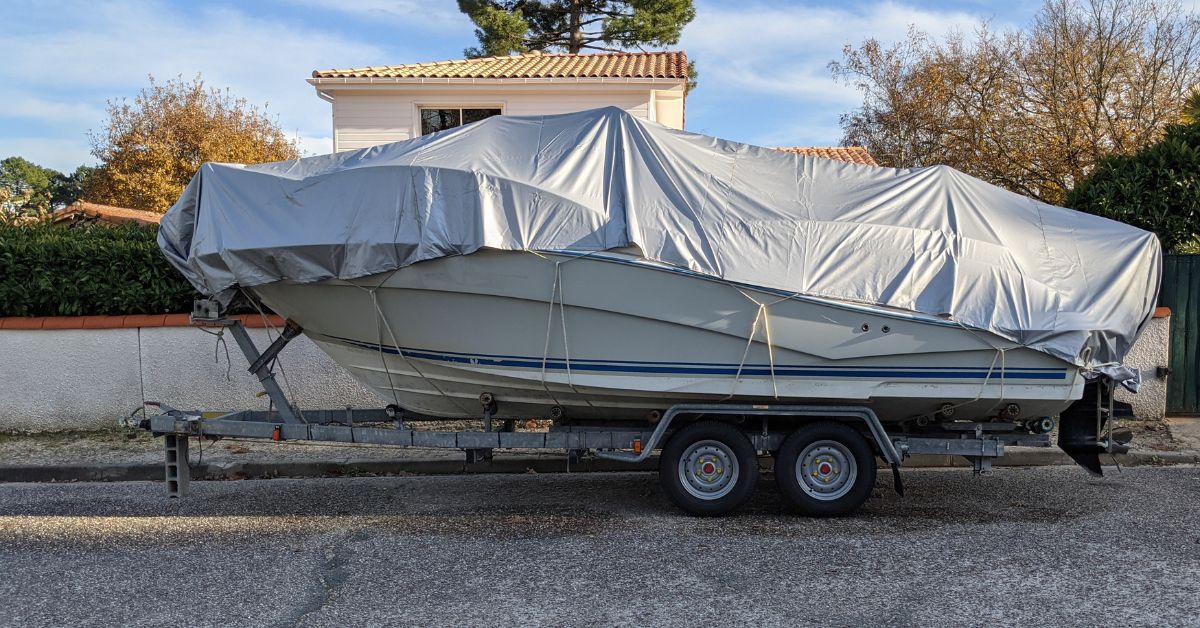
 Next, turn your attention to the interior of the boat. Empty and clean the interior thoroughly. It’s essential to remove all personal items and food items to prevent odors from developing and to deter pests from taking up residence during the winter months.
Next, turn your attention to the interior of the boat. Empty and clean the interior thoroughly. It’s essential to remove all personal items and food items to prevent odors from developing and to deter pests from taking up residence during the winter months. Secondly, promote proper air circulation by periodically opening cabinets and lockers within your boat. This simple action can help prevent stagnant air and moisture buildup in confined spaces.
Secondly, promote proper air circulation by periodically opening cabinets and lockers within your boat. This simple action can help prevent stagnant air and moisture buildup in confined spaces.